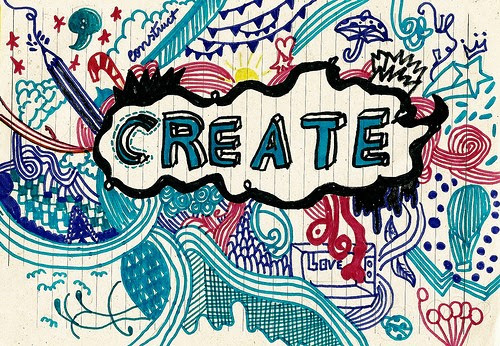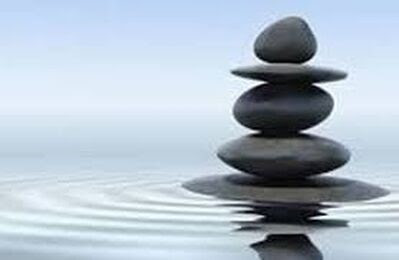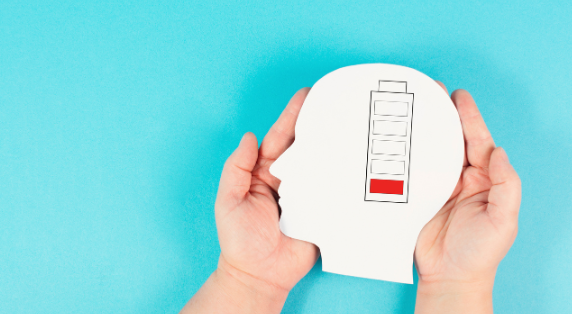You got a full night’s sleep. 😴 You did the “right” thing. So why do you still feel like you got hit by a truck?
If you’re living with ADHD, you probably already know the answer: Sleep doesn’t always equal rest.
Many adults with ADHD live in a state of near-constant mental motion. Even when your body is still, your brain is doing cartwheels, your senses are on high alert, and your inner critic might be narrating every missed deadline, awkward moment, or half-finished task on repeat. It’s no wonder that even sleep—when you can get it—doesn’t always refuel you.
Enter: The 7 Types of Rest, a concept introduced by Dr. Saundra Dalton-Smith that sheds light on why rest is more complex (and more essential) than we’ve been led to believe.
Let’s break it down, ADHD-style—with relatable examples, why it matters for your brain, and how to make rest a sustainable habit.
1. Physical Rest

What it is: Passive rest (sleeping or napping) and active rest (gentle movement or physical therapy that restores the body).
Why it matters for ADHD: Physical restlessness and tension are common. Sitting still can wear you out and sabotage sleep.
Examples:
- A 10-minute nap between meetings
- Legs-up-the-wall pose to calm the nervous system
- Body scan meditation
- Foam rolling or gentle stretching
- Short movement breaks during the day
Try This: Set hourly reminders to stretch or breathe with intention.
2. Mental Rest
What it is: A break from thinking, problem-solving, or constant internal chatter.
Why it matters for ADHD: The nonstop inner monologue, racing thoughts, and to-do list overwhelm leads to mental fatigue.
Examples:
- Brain dumps before bed
- Scheduled “white space” with no tasks or screens
- Instrumental music or ambient noise
- Repetitive, calming games or puzzles
Try This: Take 5-10 minutes of mental stillness. Let your brain coast.
3. Sensory Rest

What it is: A break from input like lights, noise, screens, and clutter.
Why it matters for ADHD: Sensory sensitivities are common, and overstimulation leads to shutdown.
Examples:
- Screen-free hour before bed
- Noise-canceling headphones
- Blue-light glasses
- Quiet, dark breaks after overstimulation
- Decluttering for visual rest
Try This: Create a daily sensory “retreat,” even just 10 quiet minutes.
4. Creative Rest

What it is: Inspiration and beauty without the pressure to produce.
Why it matters for ADHD: The ADHD brain craves novelty but needs to replenish creative energy.
Examples:
- Visiting a museum or park just to observe
- Reading fiction or listening to an audiobook
- Changing your workspace or using fun tools
- Doodling, journaling, or painting with no agenda
Try This: Schedule unstructured joy time weekly. No goals, just curiosity.
5. Emotional Rest
What it is: The space to express your authentic emotions without judgment.
Why it matters for ADHD: Many ADHDers feel pressure to mask or overperform, which is draining.
Examples:
- Talking to a safe, nonjudgmental person
- Journaling your real feelings
- Setting emotional boundaries
- Saying “I’m not okay” without immediately fixing it
Try This: Practice one moment of emotional honesty daily.
6. Social Rest

What it is: Being with people who energize you or taking time away from people who drain you.
Why it matters for ADHD: Social situations can be exhausting due to self-monitoring and masking.
Examples:
- Quiet time with close friends
- Saying no to social obligations
- Solo coffee or nature walks
- Avoiding draining group events
Try This: Do a weekly “social audit” to adjust your social energy.
7. Spiritual Rest

What it is: A sense of connection to something greater than yourself—purpose, values, nature, or faith.
Why it matters for ADHD: It provides grounding and meaning, counterbalancing chaos or disconnection.
Examples:
- Practicing daily gratitude
- Volunteering for something you care about
- Meditation, prayer, or reflection
- Time in nature
- Meaningful morning or evening rituals
Try This: Begin your day with a grounding question like, “What matters most today?”
Final Thoughts: Rest Is Not a Luxury—It’s a Necessity
If you have ADHD, your brain is constantly doing. Rest isn’t something you earn after burnout—it’s a tool for preventing it.
The next time you feel fried, foggy, or overwhelmed—even after a good night’s sleep—ask yourself:
What kind of rest am I really missing right now?
Then give your brilliant, busy brain

the kind of recharge it truly needs.
Want More Support?
If you’re ready to learn how to work with your ADHD brain—not against it—let’s talk. My ADHD coaching blends neuroscience, strengths-based tools, and holistic wellness strategies to help you thrive.

